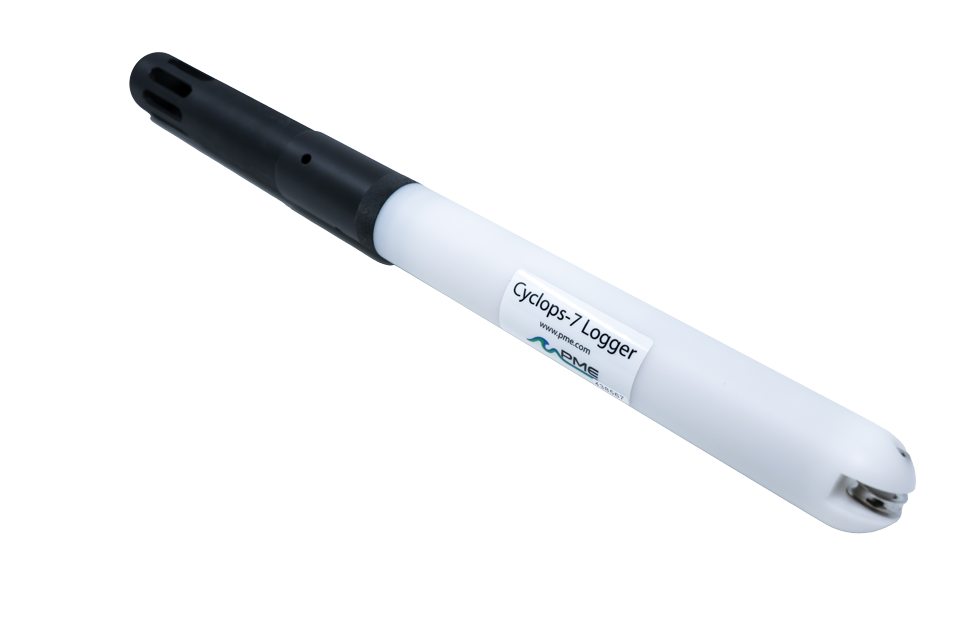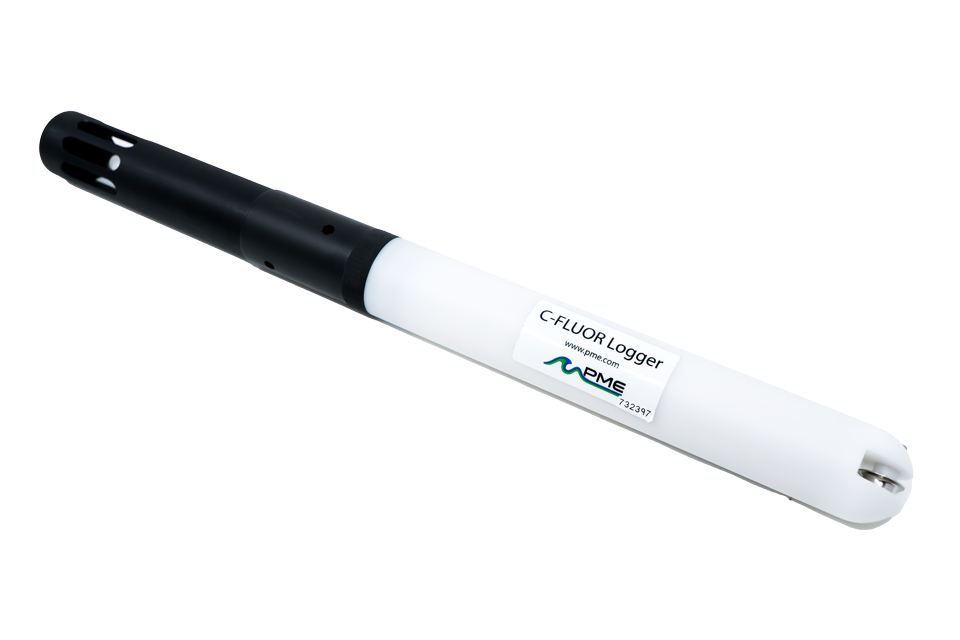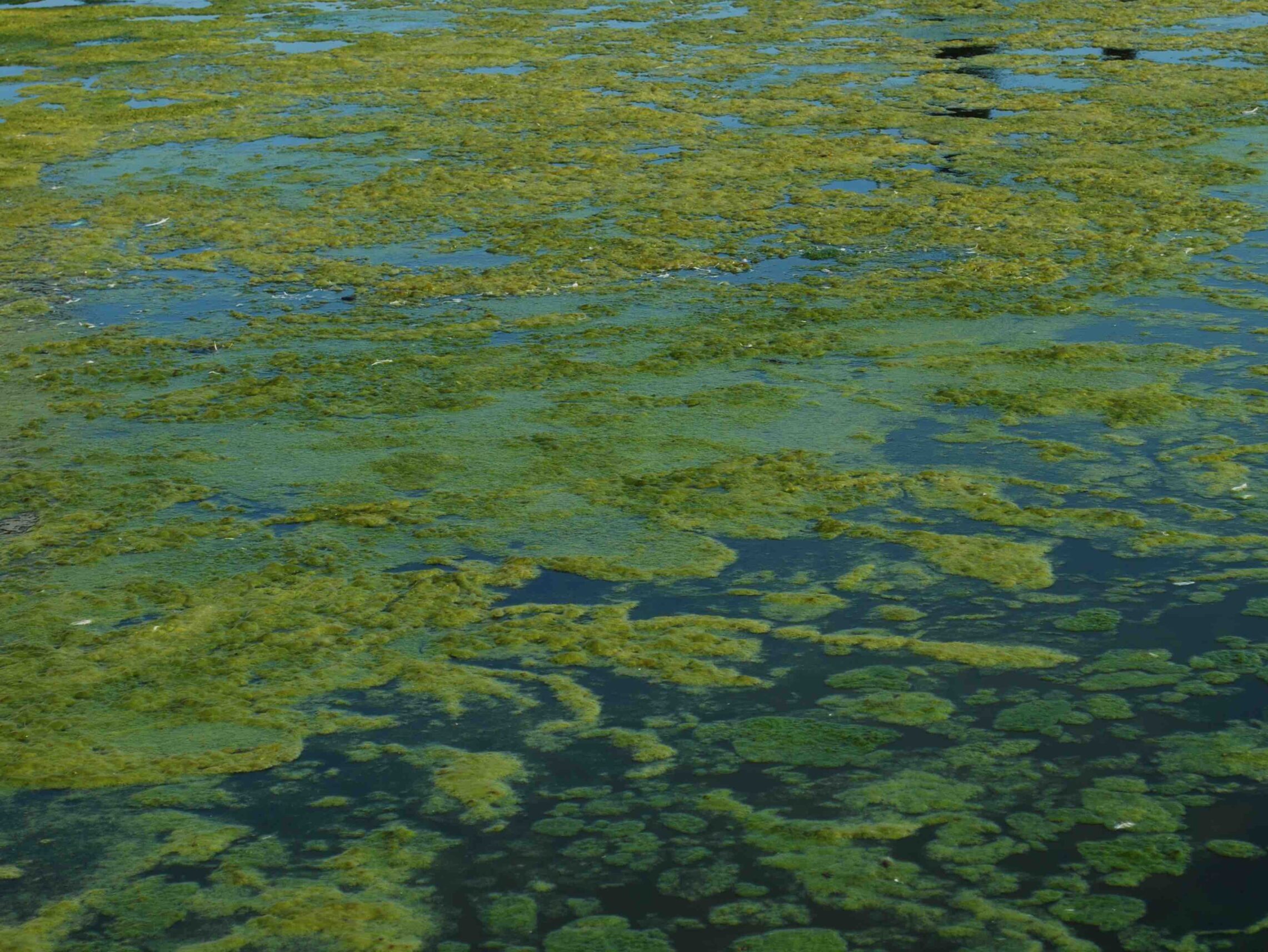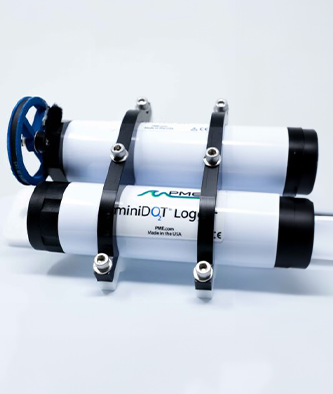Water Quality Parameters
Phycocyanin Optics
(Blue-Green Algae - Freshwater)
What is Blue-Green Algae?
Cyanobacteria is commonly known as blue-green algae, even though it is not algae at all. What many know as blue-green algae is a photosynthetic cyanobacteria commonly found floating atop bodies of water such as ponds, lakes, reservoirs – even brackish and salt water. As the name might suggest, blue-green algae is often distinguished by its blue-green color, although conditions can sometimes lead it to appear more green or even brown. This is due to the presence of phycocyanin, the blue-green protein which absorbs sunlight. When left to grow unchecked, blue-green algae can grow several inches thick, creating environmental problems far more serious than a musty smell.
How (and Why) Does Blue-Green Algae Bloom?
When water conditions are just right, blue-green algae will quickly grow in “blooms.” Blooms, or swarths of rapid growth, typically occur in warm water (upwards of 75°F). Atmospheric conditions also impact bloom conditions, which are optimal under calm, sunny and warm skies. Photosynthesis, and therefore growth, cannot occur without sunlight; however, phycocyanin has been shown to increase the oxygen production efficiency of chlorophyll in low-light conditions. This can further accelerate the speed at which blooms occur. As algae blooms require such exacting temperature conditions, blooms are more prevalent during the spring and summer.
Blue-green algae growth can stem from a multitude of causes, but it is largely indicative of nutrient-rich water. Nutrient-rich waters can occur from diverse causes such as vegetation and fertilizer runoff or poorly maintained sewerage systems. While nutrient-rich water sounds like a good thing, algae blooms can sometimes be harmful. Despite their troubling causes, most blooms are naturally broken by the water they reside in, leading to eventual destruction without human intervention.
Why Measure Blue-Green Algae in Water?
Increased understanding of blue-green algae is vital as some blooms contain toxins that are detrimental to the health of marine life, humans and their pets. Visual examination alone cannot distinguish toxic algae blooms from non-toxic counterparts. Because its presence may be indicative of otherwise unseen issues within an ecosystem, researchers must take advantage of technological innovations to accurately monitor algae levels in bodies of water and determine their toxicity. The presence of blue-green algae can have a significant impact; knowing the levels of harmful or benign blue-green algae blooms can help scientists understand, analyze and interpret certain trends in the water. Such knowledge is key in guarding against environmental threats and ensuring the safety of the community.
Products Measuring Blue-Green Algae

Fixed Cyclops-7

Interchangeable Cyclops-7





